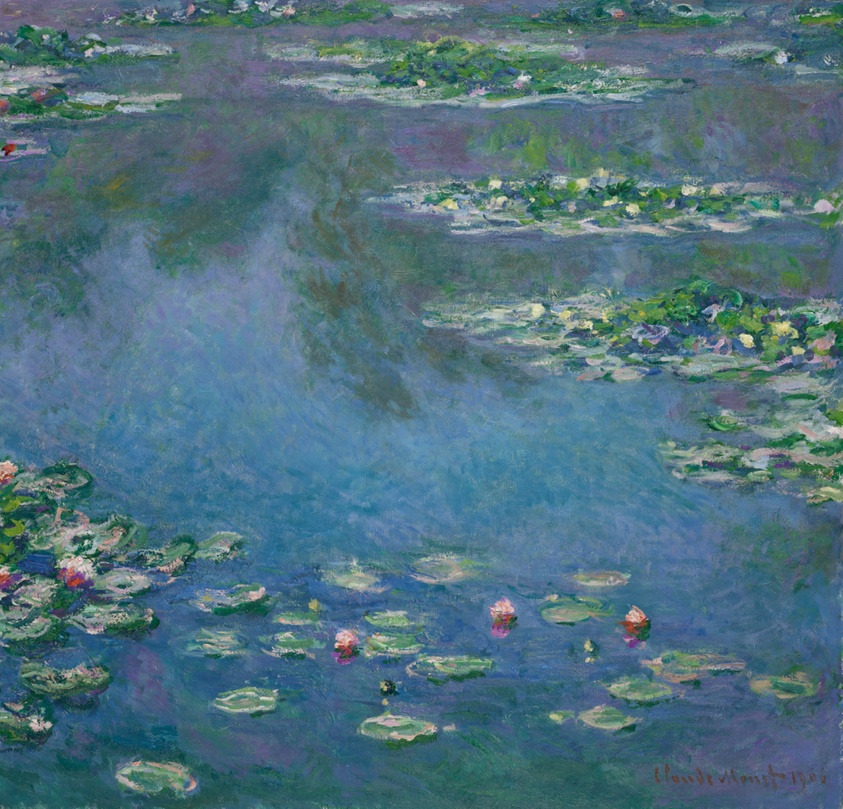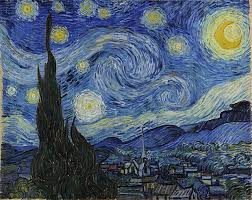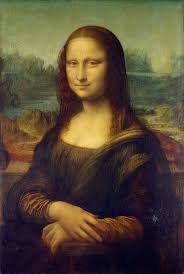
“Water Lilies”
“Water Lilies” by Claude Monet: Monet uses muted greens, blues, and yellows to reflect nature’s beauty, tranquility, and calmness.
Discover how colors influence art, creativity, and self-expression.
For centuries, artists have used colors to convey meaning, create narratives, and evoke emotion in the viewer.
For instance, a painter might use red to convey the intensity of a love scene and green to reflect the harmony of nature.
It’s also used in abstract art. Warm colors could represent optimism or passion, and cool colors could speak to the complexity of human emotions.
Religious beliefs, philosophical concepts, and natural experiences of the time often influence the symbolism of each color. As art forms evolve and cultural perspectives shift, the meanings and associations associated with colors may also vary.
Some of the best examples of color symbolism in art include:

“Water Lilies” by Claude Monet: Monet uses muted greens, blues, and yellows to reflect nature’s beauty, tranquility, and calmness.

“The Starry Night” by Vincent van Gogh: By using grand brushstrokes in varying shades of blue, yellow, and orange, van Gogh instills a sense of wonder and awe. But by using contrasting colors like blues and greens, he also reflects the night sky’s energy.

“Mona Lisa” by Leonardo da Vinci: The warmth of Mona Lisa’s skin and dress stand out against the cooler background for depth, dimension, and realism.